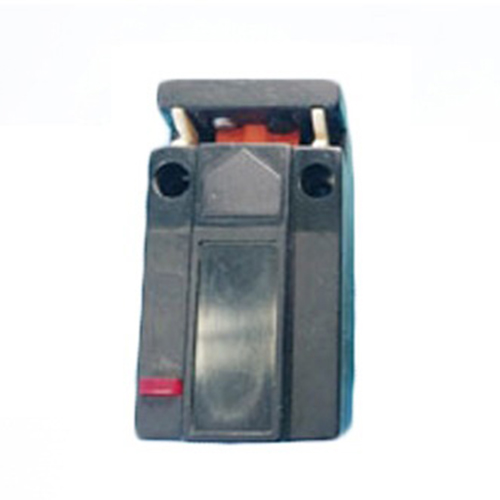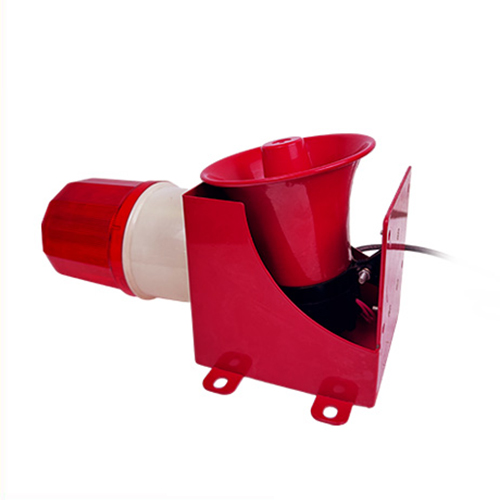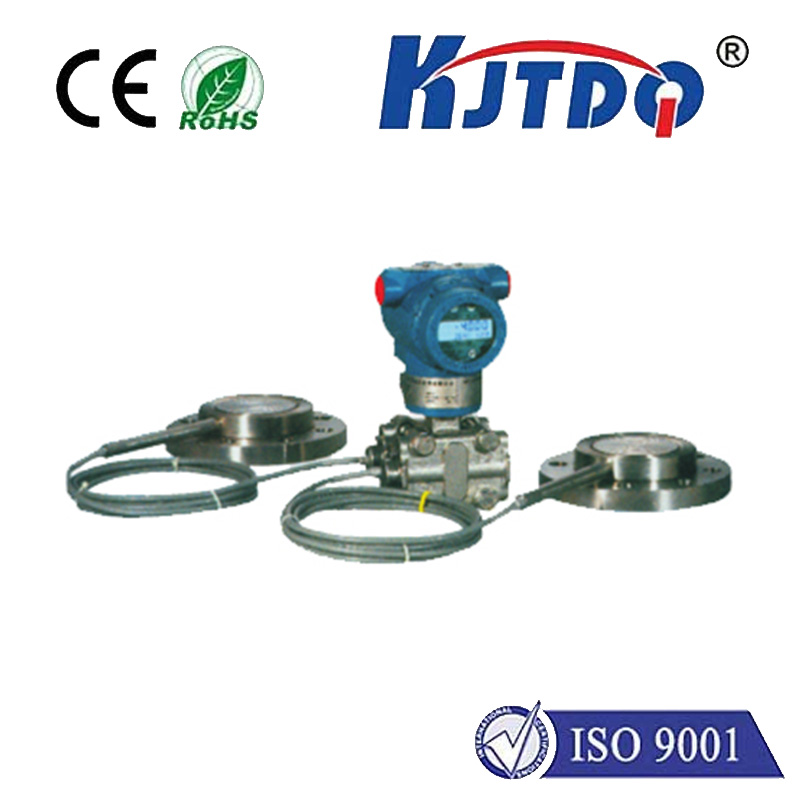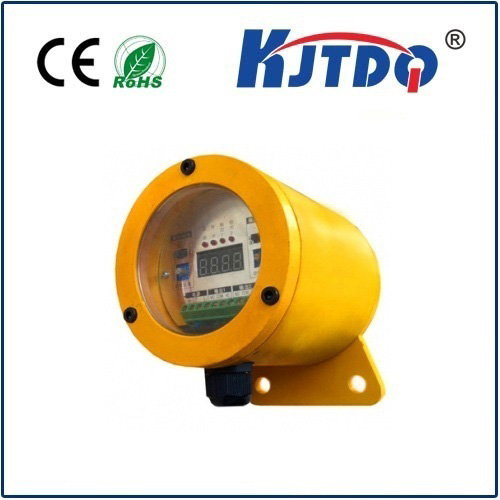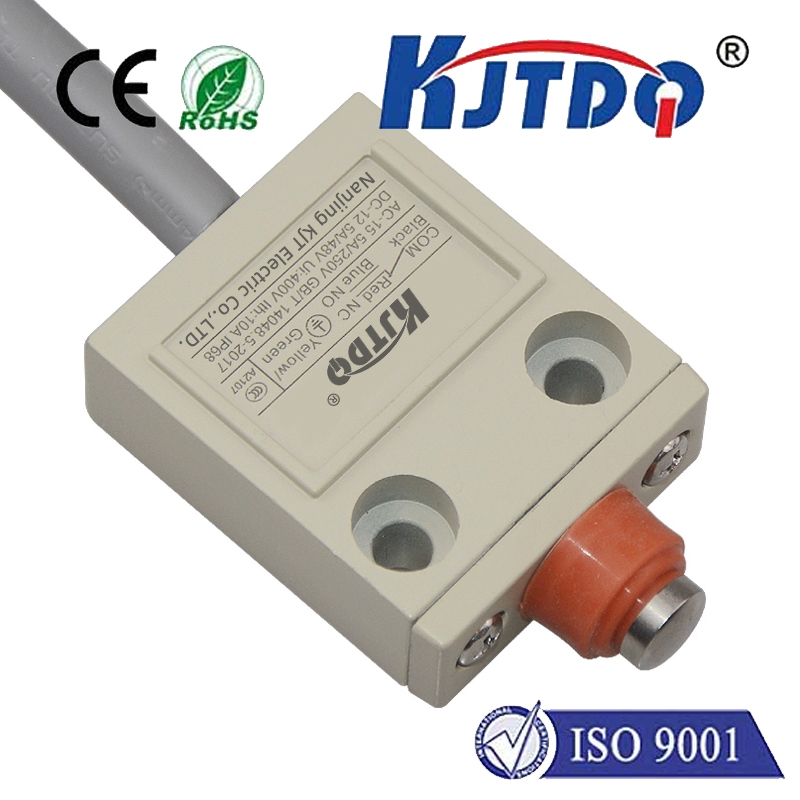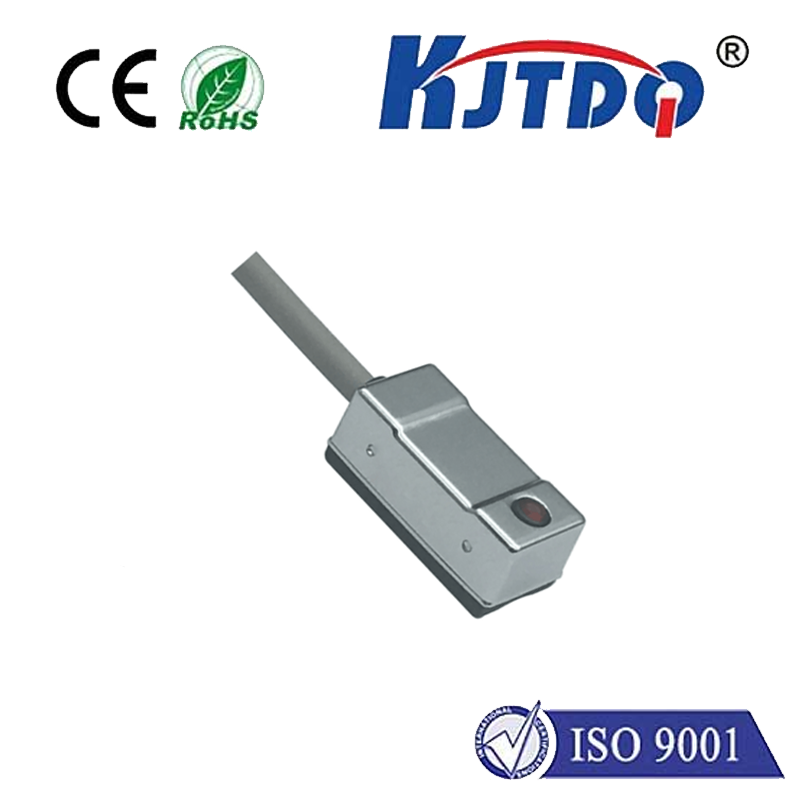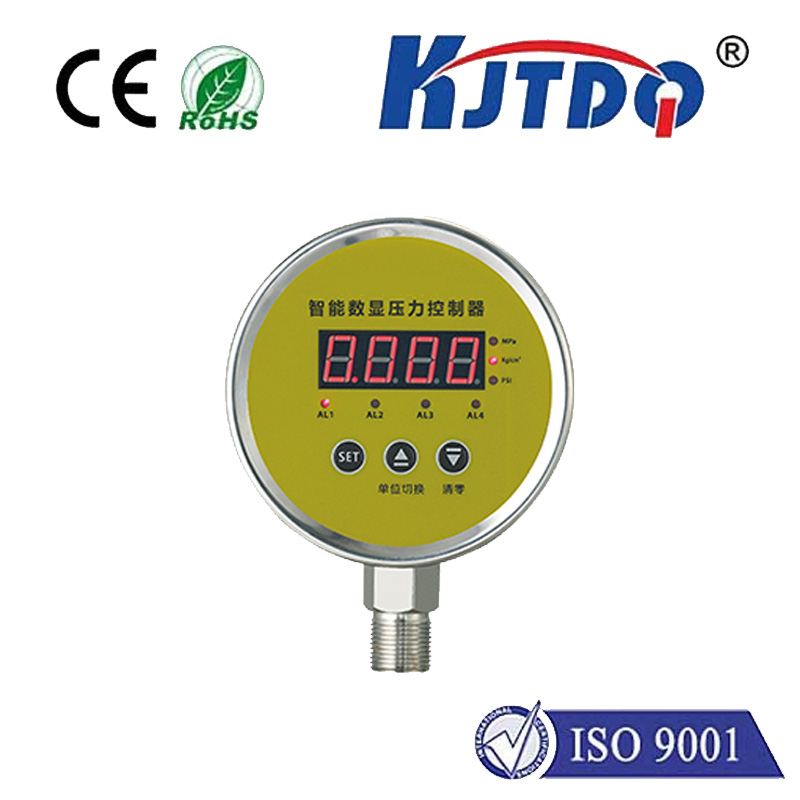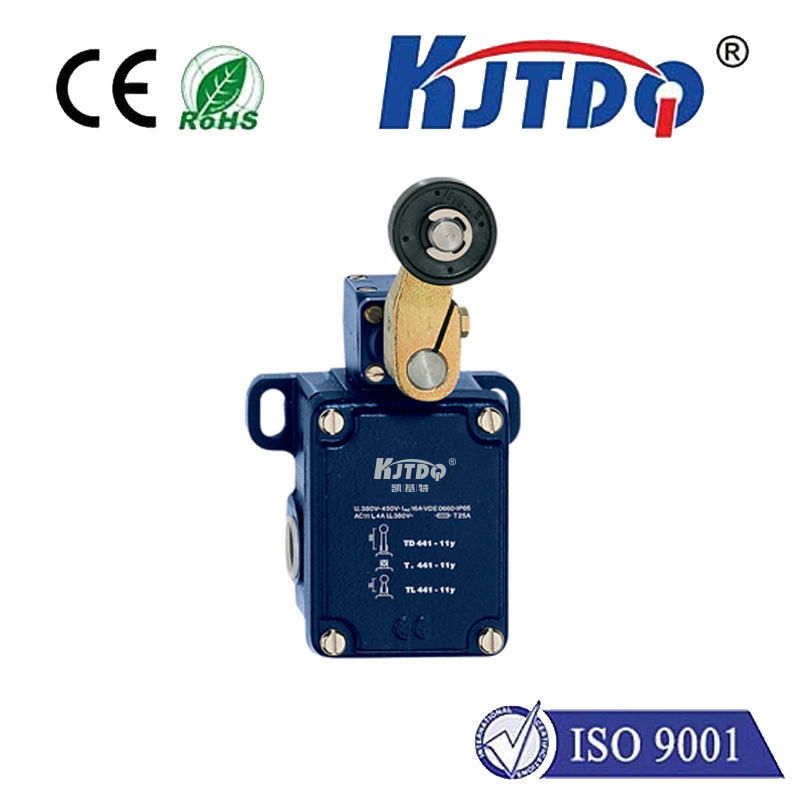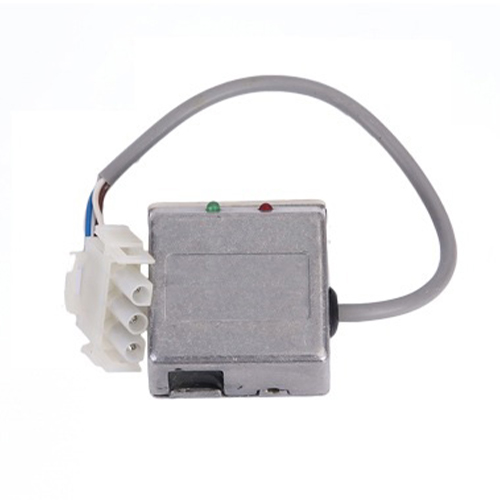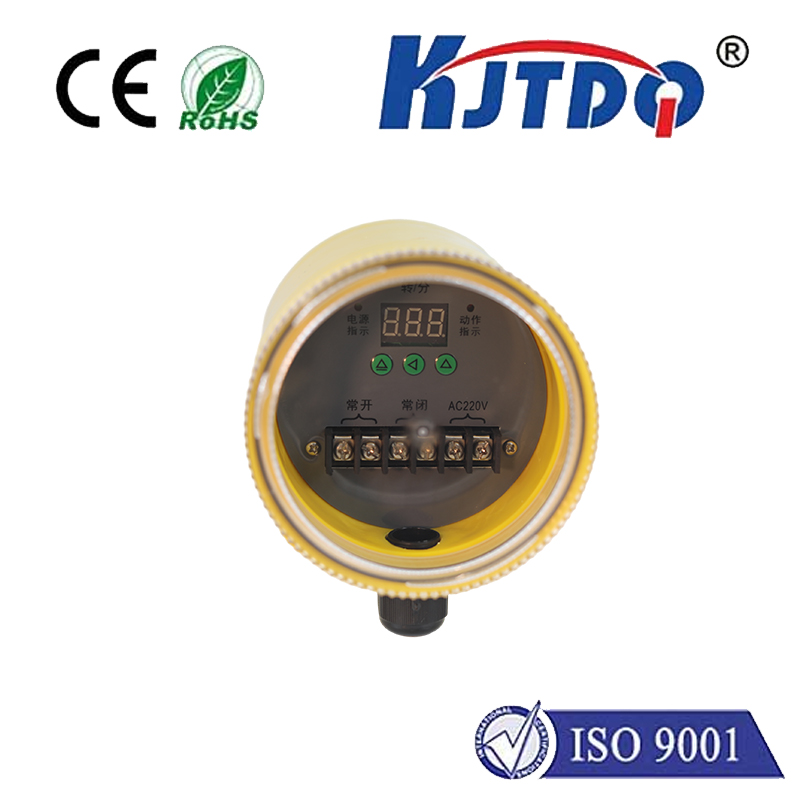retro reflective laser sensor
- time:2025-07-26 03:29:09
- Click:0
Retro Reflective Laser Sensors: The Precision Powerhouse of Industrial Automation
Ever wondered how packaging lines flawlessly detect boxes racing by at dizzying speeds, or how automated doors sense someone approaching on a rainy, foggy night? Often, the unseen hero enabling this reliable, high-precision performance is the retro reflective laser sensor. This ingenious device leverages the powerful combination of advanced laser optics and specialized reflectors to deliver unmatched accuracy and resilience in demanding environments. Grasping how these sensors operate reveals why they are indispensable in countless automation scenarios requiring dependable, long-range detection.
Unpacking the Core Principle: Light, Reflection, and Smart Detection
Unlike basic photoelectric sensors that require both an emitter and receiver on opposite sides of the target (through-beam), or those that rely on detecting light bounced directly off an object (diffuse), the retro-reflective laser sensor employs a unique configuration:
- Laser Emission: The sensor houses a highly focused laser diode emitter. This generates a narrow, intense, coherent beam of light (typically visible red or infrared) directed towards a specific location.
- The Retroreflector: Positioned opposite the sensor is a special corner-cube retroreflector. This isn’t a standard mirror. Its unique multi-faceted structure is designed to reflect incoming light directly back along its original path, regardless of the angle of incidence (within its acceptance angle). Think of a bicycle reflector. This is crucial for the sensor’s reliable operation.
- Detection Logic: The sensor also contains a sensitive photodetector receiver. When nothing obstructs the beam, the laser light travels to the reflector and is efficiently bounced straight back to the sensor’s receiver. The sensor interprets this strong, consistent return signal as a “Clear Path” state.
- Target Detection: When an object (the target) moves into the beam path, it interrupts the light traveling to the reflector. Consequently, the light beam fails to reach the reflector, meaning no reflected light returns to the sensor’s receiver. The sensor detects this absence or significant drop in the return signal and triggers a “Target Present” output signal.
This fundamental interaction – the constant beam being broken by an intruding object – forms the basis of retro-reflective laser sensing. Its elegance lies in the separation of emitter/receiver housed within a single sensor unit and the reliable reflection provided by the passive retroreflector.
Why Choose Laser Retro-Reflective? Key Advantages Driving Adoption

Retro-reflective laser sensors aren’t just another option; they offer distinct benefits that solidify their position in numerous demanding applications:
- Unmatched Long-Range Detection: Leveraging the laser’s coherence and minimal divergence, these sensors achieve detection ranges far exceeding standard photoelectric sensors. Distances of 10 meters, 50 meters, or even up to 300 meters are possible with higher-powered models and large reflectors. This makes them ideal for large-scale monitoring (warehouse aisles, conveyor spans).
- Exceptional Precision & Small Object Detection: The laser produces an extremely narrow, focused beam. This allows for the reliable detection of very small objects – such as thin wires, fine threads, or miniature components – that might be missed by sensors with wider beams. Accuracy is paramount here.
- Superior Performance in Challenging Environments: The intense, coherent nature of the laser beam provides significant advantages over standard LEDs:
- Penetrates Dust & Light Fog/Steam: Better resistance to attenuation caused by airborne particles.
- Immunity to Ambient Light: Laser light is easier to distinguish from background sunlight or artificial lighting, minimizing false triggers.
- Reduced Sensitivity to Target Color/Surface: While not completely independent, the high intensity and focus make detection less susceptible to variations in target reflectivity compared to diffuse sensors.
- Simplified Installation & Alignment: Having both emitter and receiver co-located in one housing significantly simplifies installation and wiring, especially over long distances. You only need to mount the sensor unit and its corresponding reflector. Advanced models often feature visual alignment aids or digital indicators, making setup quicker and easier.
- Cost-Effectiveness for Long Ranges: For applications requiring detection over several meters, installing a single retro-reflective sensor and reflector is often more economical than running power and signal cables to two separate units needed for a through-beam setup.
Where Laser Precision Meets Retro-Reflective Reliability: Prime Applications
The unique capabilities of retro-reflective laser sensors make them the go-to solution across diverse sectors:
- Industrial Automation & Manufacturing: Monitoring long conveyor lines for jams, detecting presence/absence of pallets or large boxes, precise positioning of oversized machinery parts, verifying container filling levels (via interruption), safeguarding robot cells.
- Packaging & Material Handling: High-speed detection on blister pack lines, verifying case sealing on cartoners, detecting product drop-off points on high-speed sorters, controlling overhead crane movements. Reliable detection at speed is critical.
- Warehouse & Logistics: Monitoring wide aisleways for vehicle presence (AGVs, forklifts), detecting objects on automated storage/retrieval system (AS/RS) shuttles, long-range detection in automated guided vehicle (AGV) navigation zones.
- Transportation & Access Control: Vehicle detection for gate automation (toll booths, parking garages), automated door safety curtains over wider entrances.
- Security & Perimeter Monitoring: Long-range detection for restricted areas, tripwire functionality over significant distances, safeguarding sensitive perimeters. Their reliability in varied weather is a key factor.
Choosing the Right Tool: Comparisons and Considerations
While powerful, retro-reflective laser sensors aren’t universally optimal. Understanding their position relative to alternatives is vital:
- vs. Diffuse Laser Sensors: Diffuse sensors detect light reflected directly off the target, eliminating the need for a reflector but sacrificing range and stability. Diffuse models are better for variable distance detection or where placing a reflector is impossible, but offer shorter range and greater susceptibility to target surface variations and ambient light.
- vs. Through-Beam Laser Sensors: Through-beam systems (separate emitter/receiver) offer the highest energy margin, making them excellent for the longest ranges and dirtiest environments. However, they require precise alignment of two separate units and extensive wiring, increasing installation complexity and cost. Retro-reflective sensors provide a powerful balance of range, precision, and ease of installation.
- vs. Standard Photoelectric Sensors (LED-based): Standard retro-reflective (non-laser) sensors are cost-effective for shorter ranges but lack the precision, long-range capability, and environmental resilience of their laser counterparts. Use standard models for cost-sensitive, short-range applications without stringent precision needs.
When selecting a retro-reflective laser sensor, carefully consider required sensing distance, target size, environmental conditions (dust, moisture, temperature fluctuations), required precision, and mounting constraints. Pay attention to the reflector’s specified size and acceptance angle for optimal performance over the desired distance.
The Future Focused: Evolving Capabilities
The evolution of retro-reflective laser sensors continues. Digital intelligence integration is becoming standard, enabling features like automatic sensitivity adjustment, teach-in functionality, diagnostic outputs, and enhanced communication capabilities (IO-Link). Sensor fusion, combining laser detection with other technologies like time-of-flight (ToF) for distance measurement within the same unit, is also emerging, offering even richer data for sophisticated automation systems.
Harnessing Light for Unmatched Reliability
The retro-reflective laser sensor remains an essential technology in the automation arsenal. By harnessing the focused power of laser light and the predictable return path of a retroreflector, it delivers unrivaled precision, exceptional long-range capability, and robust performance where other sensors falter. Whether ensuring the smooth flow of packages on a high-speed line, safeguarding large automated entry












